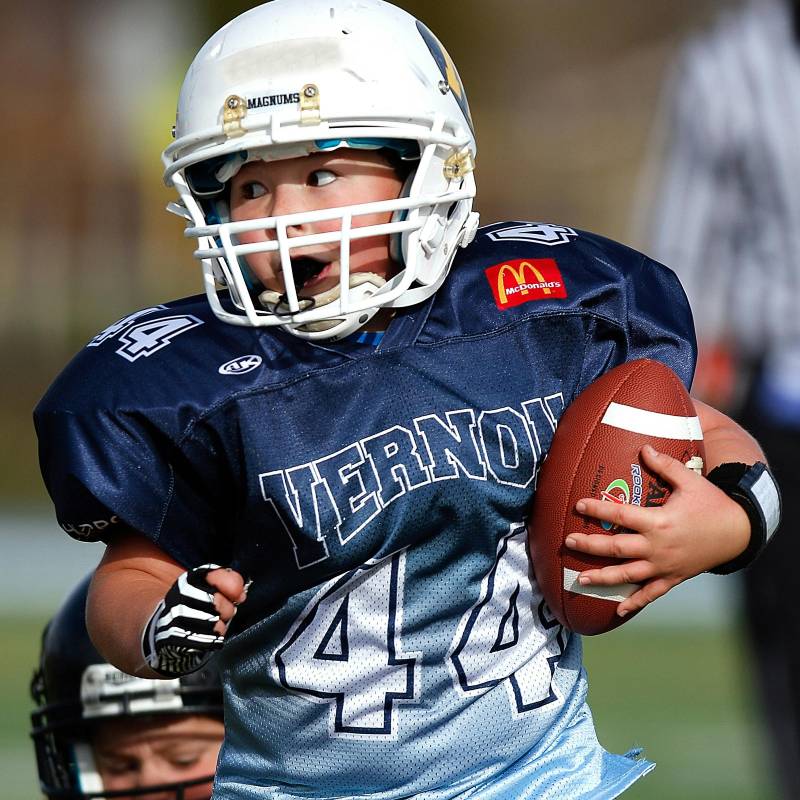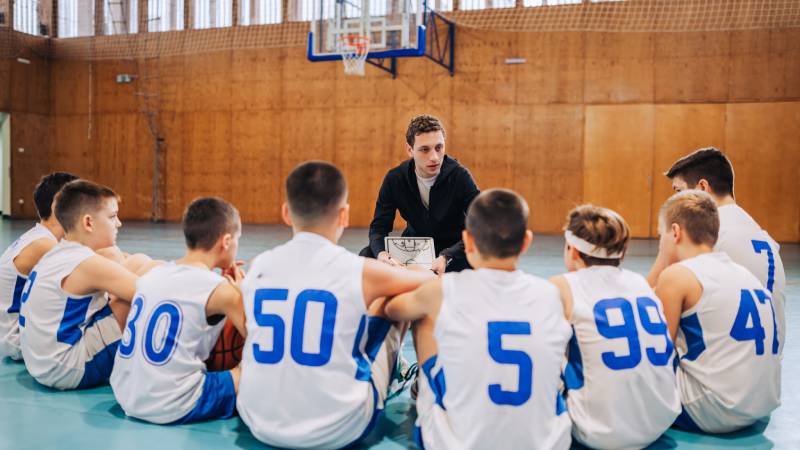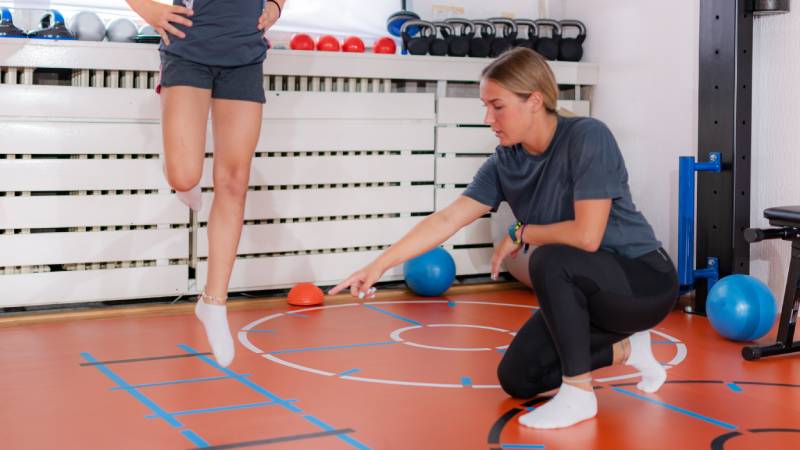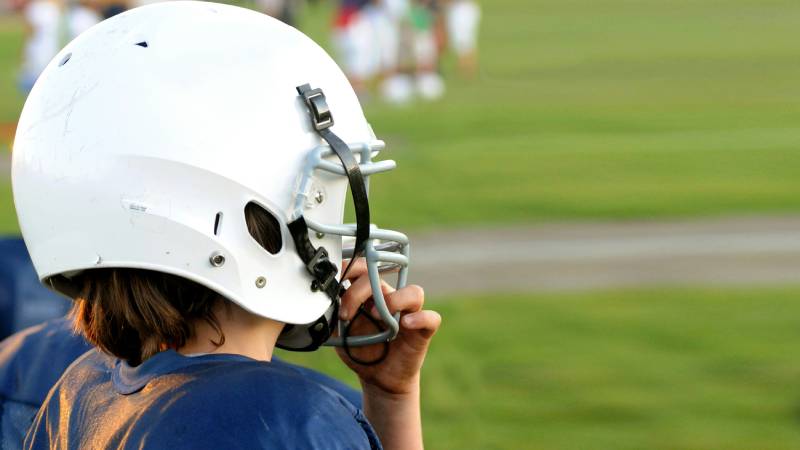Concussion Prevention and Awareness

Concussions, potentially serious brain injuries, have become a growing concern in a variety of areas, including sport and everyday activities. Concussion prevention relies on several key strategies:
Concussion: Key Prevention Strategies
Use of Protective Equipment
Helmets and other protective equipment are essential to reduce the risk of concussion in contact sports, cycling and other high-risk activities. It is crucial that this equipment is properly fitted and regularly inspected to ensure its effectiveness. Recent innovations in the design of helmets and other equipment can also offer improved protection.
- High-tech helmets: Modern helmets are designed with advanced materials and shock dispersion technologies. For example, some helmets include memory foam pads that better absorb impacts.
- Regular updating: It is essential to replace protective equipment regularly, as materials can deteriorate over time and lose their ability to protect effectively.
Improving safety rules
Implementing and enforcing safety rules in sports can greatly reduce the risk of concussion. For example, prohibiting blows to the head and promoting safe playing techniques. Sports leagues must constantly re-evaluate and adapt their rules to ensure they reflect best safety practices.
- Safe Playing Techniques: Teaching athletes safe playing techniques, such as tackling properly in soccer or avoiding head-butting in soccer, can reduce the risk of concussion.
- Sanctions and Rules: Imposing strict sanctions for dangerous behavior on the field can deter athletes from taking unnecessary risks.
Safety environments
Ensure the safety of playing fields and sports halls by eliminating fall hazards and providing suitable, well-maintained playing surfaces. Infrastructures must be regularly inspected and maintained to ensure that they do not present a risk to users.
- Damping play surfaces: The use of impact-absorbing surface materials, such as rubber surfacing on sports fields, can reduce the severity of falls.
- Obstacle removal: Ensure that sports fields are free of holes, debris and other potential hazards that could cause falls.
Education & Training
Inform athletes, coaches, parents and educators about the risks and signs of concussions, as well as the importance of reporting head injuries. Educational programs can include workshops, seminars and online resources accessible to all.
- Symptom Recognition: Teach athletes and coaches to recognize the signs of concussion, such as headaches, nausea and memory impairment.
- Management Protocols: Provide clear instructions on how to manage a concussion, including return-to-play protocol and the need for appropriate medical follow-up.
- Ongoing training: Organize regular training sessions to update coaches and medical staff on the latest research and recommendations for concussion prevention and treatment.
Raising Awareness of Concussion in the Sports Environment
Raising awareness of concussion is essential to prevent serious injury and ensure proper treatment. In the sporting world, several initiatives can be put in place:
Awareness programs
Develop educational programs for athletes, coaches and parents, emphasizing recognition of concussion symptoms and the importance of reporting injuries. These programs should be integrated into club and school curricula.
- Workshops and Seminars: Organize interactive workshops and seminars with head trauma experts to raise awareness of the dangers of concussion. Sessions can include testimonials from athletes who have suffered concussions.
- Educational Resources: Provide educational materials such as brochures, videos and infographics that explain the risks and symptoms of concussions, as well as prevention measures.
Communication campaigns
Use social media, posters and information sessions to raise awareness of the dangers of concussion and promote safe behavior. Campaigns should be ongoing and tailored to different target audiences.
- Social Media: Create campaigns on social media platforms to reach a wide audience, using specific hashtags and video testimonials from athletes and medical experts.
- Posters and flyers: Distribute posters and flyers in schools, sports associations and local communities to inform athletes, parents and coaches about concussion prevention.
Training for coaches and medical staff
Train coaches and medical staff to recognize and manage concussions, with an emphasis on return-to-play protocol. Regular, mandatory training can ensure that all staff members are up to date with the latest concussion management recommendations.
- Training Courses: Offer certified training courses for coaches, covering symptom recognition, immediate injury management and return-to-play protocols.
- Simulations and Practical Exercises: Use simulations and practical exercises to train coaches to respond effectively to concussion situations on the field.
- Continuous Update: Organize regular update sessions to keep coaches and the team abreast of the latest research and recommendations in concussion management.
Security Policy
Implement clear safety policies, including concussion management protocols and mandatory rest periods before returning to physical activity. These policies must be strictly enforced and regularly updated in line with new scientific findings [2].
- Return to Play Protocol: Establish a return to play protocol that requires the approval of a healthcare professional before the athlete can return to sport. This protocol should include progressive steps to ensure full recovery.
- Mandatory rest periods: Impose mandatory rest periods after a concussion to allow the brain to recover. These periods should be based on current medical recommendations.
- Medical follow-up: Ensure ongoing medical follow-up of concussed athletes to monitor recovery and prevent recurrence of injury.
Concussion: The Importance of Education and Research
Education and research play a crucial role in understanding and managing concussions. Not only do they make it easier to prevent these injuries, they also help to ensure optimal care for those who suffer them.
Concussion risk education
Informing the public, especially young athletes and their families, about the risks of concussion and preventive measures is essential to reduce the incidence of these injuries. Educational programs need to be adapted to each age group and context, whether schools, sports associations or clubs.
- Online resources: Providing resources that can be accessed online, such as educational videos, infographics and articles, helps to reach a wider audience. Online platforms can also offer interactive training modules for coaches, athletes and parents.
- School curricula: Incorporating concussion prevention modules into school curricula can raise awareness from an early age. These modules can be integrated into health and physical education courses.
Concussion research
Supporting research to better understand the mechanisms of concussion is crucial to developing more accurate diagnostic methods and effective treatment strategies [3]. Research can also help assess the long-term impact of concussion on health.
- Long-term studies: to monitor the effects of concussions over long periods of time provides a better understanding of the long-term consequences of these injuries. These studies may reveal chronic health problems that only become apparent years after the initial injury.
- Development of New Treatments: Research can lead to the discovery of new treatments for concussions, including pharmacological therapies and non-drug interventions. Innovative treatments can improve recovery and reduce the risk of permanent sequelae.
- Diagnostic Technology: Investing in the development of advanced diagnostic technologies, such as magnetic resonance imaging (MRI) and neuropsychological testing, enables concussions to be detected more accurately and more quickly. Portable diagnostic tools could also be used on sports fields for immediate assessment.
Interdisciplinary collaboration
Encouraging collaboration between researchers, health professionals, educators and sports organizations is essential for sharing knowledge and improving prevention and treatment practices.
- Research networks: Creating interdisciplinary research networks brings together experts from different fields to work together on complex research projects. These networks can accelerate discoveries and their practical application.
- Partnerships with sports organizations: Working in partnership with sports organizations enables new discoveries in the field of concussion prevention to be implemented rapidly. Sports leagues and clubs can adopt protocols based on the latest research to protect their athletes.
Technological Innovation
Technological innovation is essential to improve the detection, prevention and treatment of these injuries. Tools such as :
- Smart Helmets: Sensor-equipped helmets can monitor impacts in real time and alert users or trainers to potentially dangerous impacts. These helmets can record valuable data for research and prevention [4].
- Mobile apps: Developing mobile apps that provide instant information on concussion symptoms and return-to-play protocols can help athletes and coaches make informed decisions.
- Portable Diagnostic Tools: Wearable devices that can perform neuropsychological testing in the field can help quickly identify concussions and take appropriate action.
What to do with all this information?
Concussion prevention and management requires a multifaceted approach involving education, awareness, the use of protective equipment and ongoing research. By combining these efforts, it is possible to significantly reduce the risk of concussion and ensure a safer environment for all, particularly in the sporting world. Through a proactive and collaborative approach, we can better protect individuals from the serious consequences of concussion.
Please note that we are not medical professionals and that it is important to consult a physician when you suspect your child has suffered a concussion. The doctor’s recommendations take precedence over the advice presented in this article.
Sources :
[1] Government of Canada (2021) Prevention and risks of concussion. Consulted at the following URL: https://www.canada.ca/fr/sante-publique/services/maladies/commotions-cerebrales-signes-symptomes/commotions-cerebrales-prevention-risques.html
[2] Concussion Institution.(2017). Concussion management protocol. Retrieved from the following URL: https://institutcommotions.com/wp-content/uploads/2016/11/Protocole-2e-%C3%A9dition-2016-1.pdf
[3] Brain Canada Foundation.(2024). Concussion research to protect young brains. Consulted at the following URL: https://braincanada.ca/fr/recherche-sur-les-commotions-protege-les-jeunes/
[4] Radio Canada (2023). A field hockey helmet to detect concussions. Consulted at the following URL: https://ici.radio-canada.ca/sports/1968633/hockey-casque-detection-commotions-cerebrales-temps-reel-suisse-mathieu-falbriard-ingenieur
Don't miss our new ultimate guide to concussion in sport!
Karl Demers

On the same subject
Preventing concussions is crucial to protecting the health and well-being of athletes. Fortunately, several effective strategies can be […]
While recognizing symptoms on the field is essential for identifying potentially concussed athletes, initial assessments do not always lead to a […]
Preventing concussions on the field is crucial to the health and well-being of athletes. This article aims to present concrete strategies to […]


